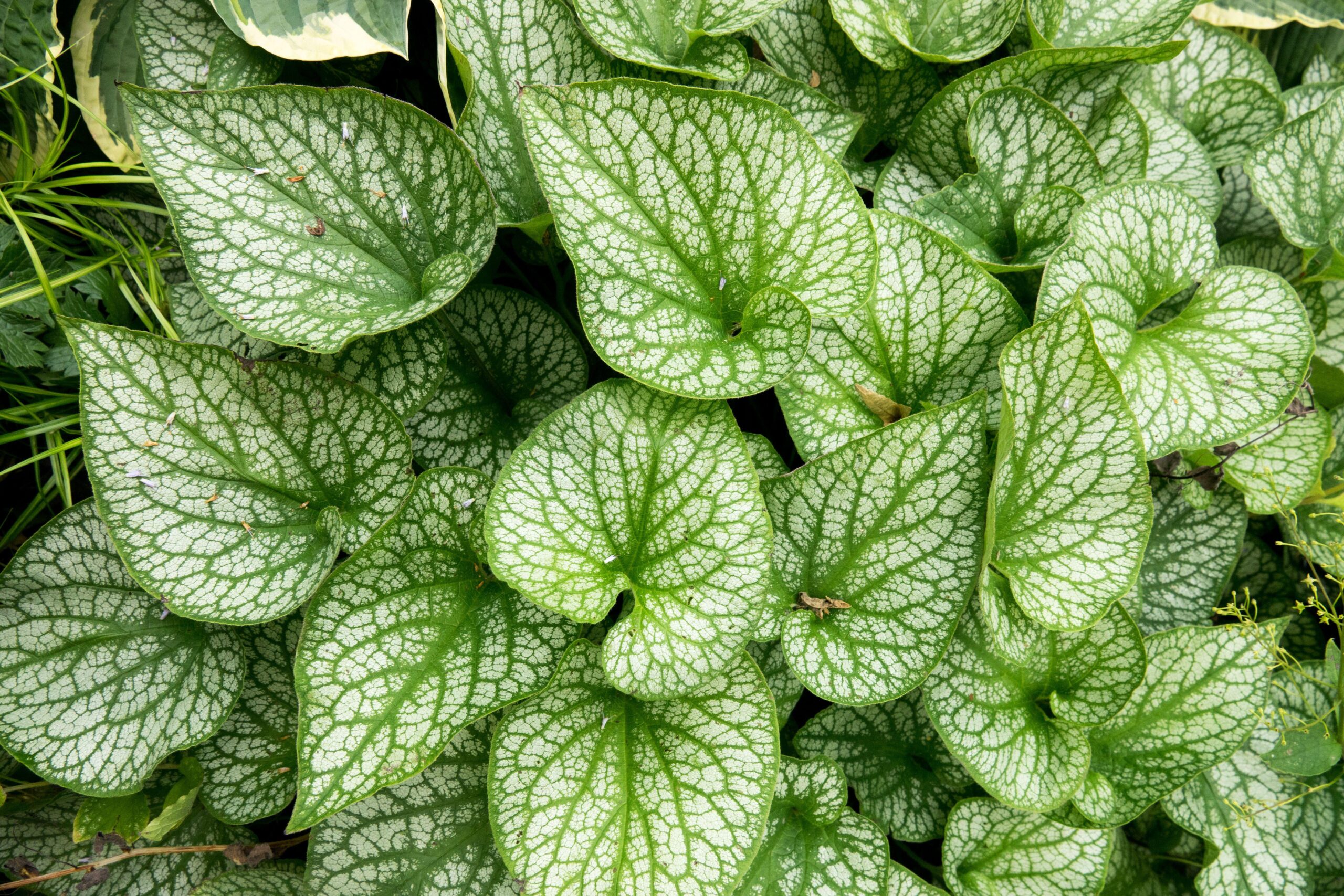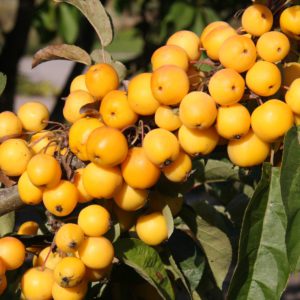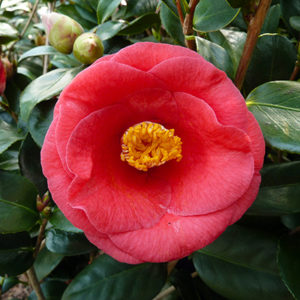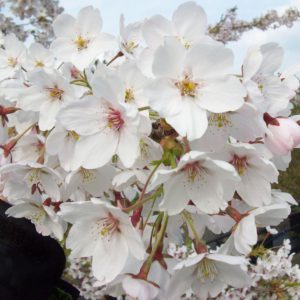Brunnera ‘Alexander’s great
€15.00
Frequently Bought Together


Description
Brunnera macrophylla ‘Alexander’s Great’ (Siberian Bugloss)
Quick Facts
- Common Name: Siberian Bugloss, Alexander’s Great Brunnera
- Botanical Name: Brunnera macrophylla ‘Alexander’s Great’
- Plant Type: Herbaceous perennial
- Mature Height: 30-40cm
- Mature Spread: 45-60cm
- Flowering Period: April-June
- Flower Colour: Delicate sky-blue, forget-me-not-like flowers
- Foliage: Large heart-shaped leaves with striking silver markings and green veining
- Hardiness: RHS H6 (hardy throughout UK and Ireland)
- Soil Requirements: Moist, well-drained, humus-rich soil
- Aspect: Partial to full shade
- Maintenance: Low to moderate
Description
Like precious silver coins scattered across the woodland floor, Brunnera ‘Alexander’s Great’ brings luminous beauty to Ireland’s shadier garden corners with its spectacular variegated foliage that seems to glow even in the dimmest light. This exceptional cultivar transforms forgotten spaces into jewel-like displays, where each heart-shaped leaf tells a story of silver and green artistry that changes subtly throughout the growing season.
The plant’s generous clumps of substantial foliage create a tapestry of metallic silver with delicate green veining, providing months of interest long after the charming clouds of tiny blue flowers have faded. In spring, the emerging leaves unfurl like silk scarves, gradually developing their full silver intensity as they mature, creating an ever-changing display that captures and reflects every shaft of filtered sunlight.
Named after one of history’s greatest conquerors, this cultivar certainly lives up to its bold moniker, establishing vigorous colonies that suppress weeds whilst creating stunning ground cover beneath trees and shrubs. In Ireland’s temperate climate, this hardy perennial thrives in conditions that challenge many other plants, bringing sophisticated colour and texture to those challenging shady spots that every Irish garden possesses.
In Irish garden design, ‘Alexander’s Great’ pairs magnificently with hostas, ferns, and hellebores, creates dramatic contrasts with dark-leaved heucheras, and complements spring bulbs like bluebells and wood anemones. Its architectural foliage makes it perfect for contemporary shade gardens, whilst its cottage garden charm suits traditional Irish woodland settings beautifully.
Caragh Garden Notebook
Plant in spring or early autumn, spacing 40-50cm apart in moisture-retentive, humus-rich soil enriched with well-rotted compost or leaf mould. In Ireland’s climate, choose a position in partial to full shade, protected from strong winds which can damage the large leaves. Avoid deep shade where the silver variegation may become less pronounced.
Thrives in pH 6.0-7.5 and requires consistent moisture, particularly during dry spells. Mulch annually with organic matter to retain moisture and suppress weeds. Container cultivation is possible using a soil-based compost with added organic matter, though ensure containers never dry out completely.
Remove spent flower stems after blooming to encourage fresh foliage growth and prevent self-seeding. Tidy damaged or tatty leaves throughout the growing season, cutting back to ground level in late autumn after the first hard frost. The plant may self-seed, though offspring rarely retain the parent’s variegation.
Divide established clumps every 4-5 years in early spring just as new growth begins, ensuring each division has both roots and growing points. Water newly planted divisions regularly until established. In exposed locations, provide winter protection with a mulch of straw or bracken around the crown.
Watch for slug and snail damage on emerging foliage in spring, and ensure adequate moisture during summer months to prevent leaf scorch and maintain the plant’s lush appearance throughout the growing season.





